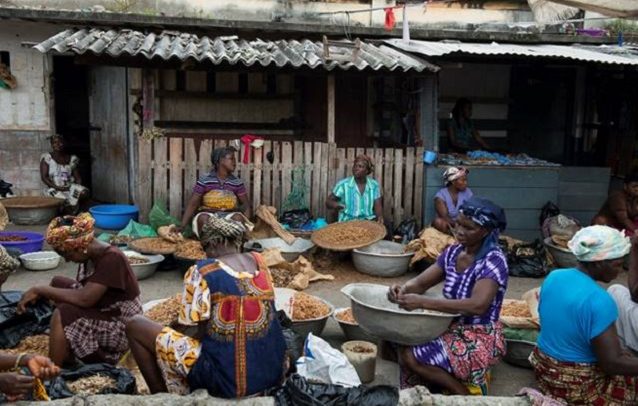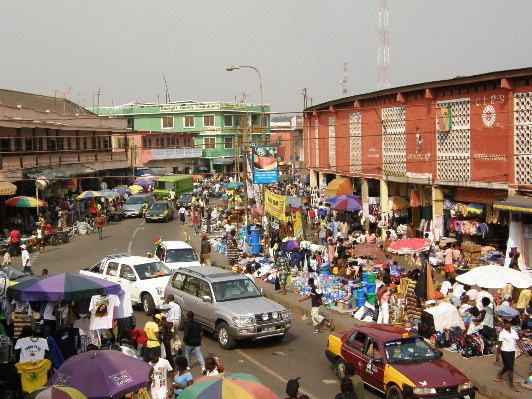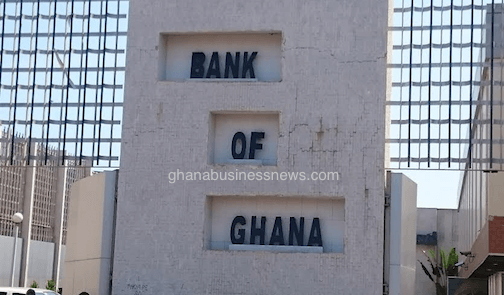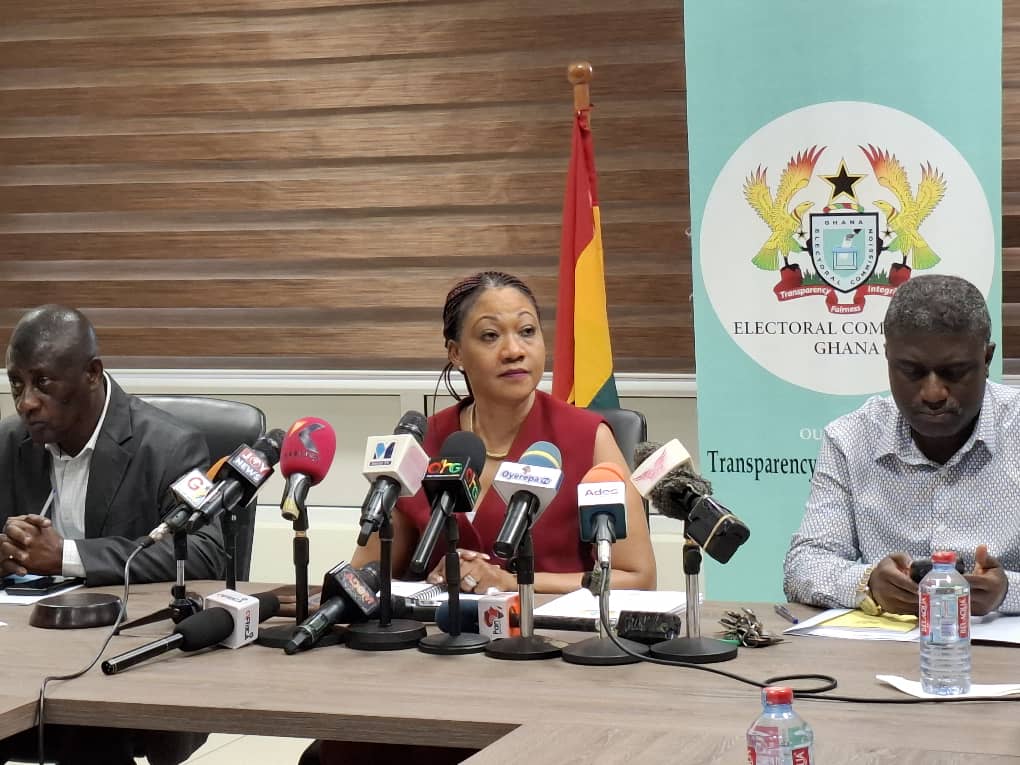
Ghana banks in addition to the problems of non-performing loans, are facing high asset risks, according to a report by rating agency, Moody’s. In a report released today February 16,…
The post Ghana banks face high asset risks – Moody’s appeared first on Ghana Business News.
 Ghana banks in addition to the problems of non-performing loans, are facing high asset risks, according to a report by rating agency, Moody’s. In a report released today February 16, 2017 and copied to ghanabusinessnews,com, Moody’s notes that the banks are facing these risks, despite solid capital buffers, stable funding and an economic recovery expected in the country.
Ghana banks in addition to the problems of non-performing loans, are facing high asset risks, according to a report by rating agency, Moody’s. In a report released today February 16, 2017 and copied to ghanabusinessnews,com, Moody’s notes that the banks are facing these risks, despite solid capital buffers, stable funding and an economic recovery expected in the country.
According to the report, the increase in problem loan levels was driven by large exposures to energy companies, for which unpaid government subsidies prevented scheduled bank loan repayments.
“Stricter loan reclassifications following the Bank of Ghana’s 2015 asset quality review, coupled with the country’s general economic slowdown in the past two years, also contributed to the increase in problem loans,” the report points out.
Moody’s however, expects a gradual improvement in the nonperforming loan ratio as economic growth accelerates, and forecasts a recovery in economic activity, with GDP growth of 6.5 per cent in 2017 (vs. annual growth of around 4 per cent in 2014-2016).
“In addition, asset quality should improve as the government addresses large debts at state-owned enterprises, which have generally been subject to weak monitoring, reporting and oversight,” it adds.
The report notes that capital buffers and strong earnings provide some loss-absorbing capacity against weak asset quality but are also under some pressure. Capital buffers — with a capital adequacy ratio of 17.6 per cent as of December 2016 and bank capital-to-assets of 14.1 per cent as of June 2016 — are in line with peers, but are potentially under pressure from the need to increase provisioning levels, the upcoming implementation of Basel II and the risk of further depreciation of the local currency, the cedi, it added.
While Moody’s indicates that profitability is also strong but has been on a declining trend, it expects (pre-tax) return on assets (ROA) and return on equity (ROE) to remain broadly stable at around 4 per cent and 20 per cent in 2017, respectively.
“Banks in Ghana continue to benefit from strong and stable deposit inflows, with deposits making up 73 per cent of total liabilities. The sector also maintains good liquidity buffers primarily in local currency, which include 25% of total assets held in cash and with banks, and 24 per cent of total assets held in investments — mainly government bonds,” the report says.
By Emmanuel K Dogbevi
Copyright ©2017 by Creative Imaginations Publicity
All rights reserved. This news item or any portion thereof may not be reproduced or used in any manner whatsoever without the express written permission of the publisher except for the use of brief quotations in reviews.
The post Ghana banks face high asset risks – Moody’s appeared first on Ghana Business News.
Read Full Story













Facebook
Twitter
Pinterest
Instagram
Google+
YouTube
LinkedIn
RSS